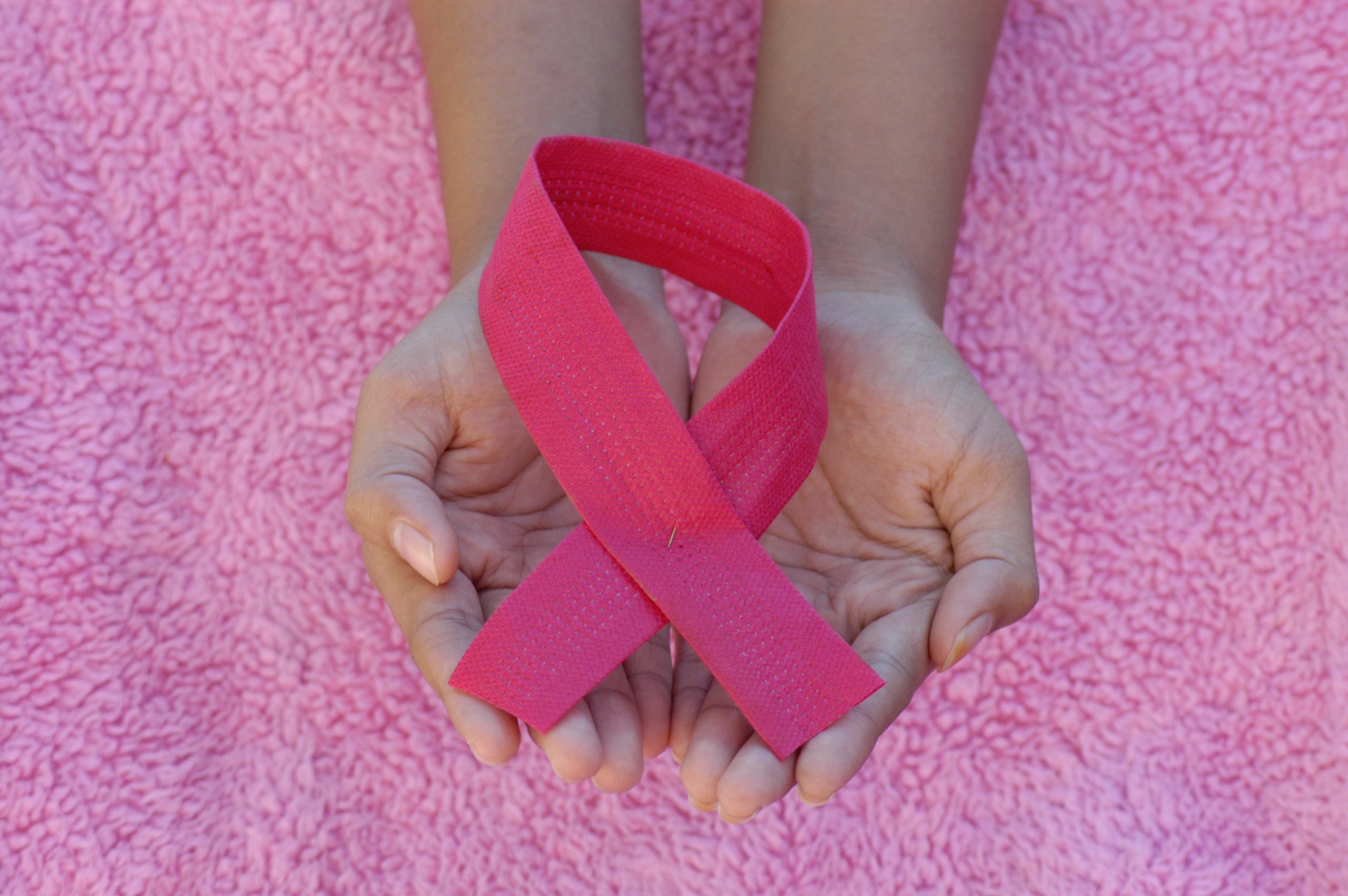When it comes to breast health, it is crucial to approach the topic with sensitivity, respect, and accurate information. Unfortunately, there are instances where sexist attitudes and misconceptions contribute to the perpetuation of harmful myths surrounding breasts and their health. In this article, we aim to debunk these sexist myths, promote a comprehensive understanding of breast health, and empower individuals to prioritize their well-being through education and proactive measures.
Key Takeaways
- Sexist myths surrounding breast health perpetuate harmful stereotypes and undermine women’s well-being.
- Understanding breast anatomy, function, and common conditions is essential for promoting health and safety.
- Regular breast self-examinations and screenings contribute to early detection and improved outcomes.
- Empowering individuals with accurate information and debunking sexist myths fosters a culture of respect and support.
Introduction: Challenging Sexist Attitudes in Breast Health
Breast health encompasses not only the physical well-being of breasts but also the emotional and psychological aspects associated with them. However, sexist attitudes often pervade discussions surrounding breasts, leading to misconceptions, objectification, and the marginalization of women. By challenging these attitudes and promoting a comprehensive understanding of breast health, we can foster an environment that values the well-being and autonomy of all individuals.
Understanding Breast Anatomy and Function
Before diving into breast health, it is essential to have a basic understanding of breast anatomy and function. Breasts are composed of glandular tissue, fatty tissue, and connective tissue. Their primary function is to produce milk for breastfeeding, but they also play a role in body image, sexuality, and hormonal regulation. Recognizing the complexity and significance of breasts beyond their appearance is fundamental in promoting a respectful and informed approach to breast health.
Debunking Sexist Myths: Separating Fact from Fiction
Myth 1: Bigger breasts are healthier or more desirable
Reality: Breast size does not determine health or attractiveness. Breast size varies among individuals and is influenced by factors such as genetics, hormones, and body composition. It is crucial to embrace diversity and appreciate that all breast sizes are normal and healthy.
Myth 2: Small breasts are less functional or less capable of breastfeeding
Reality: Breast size has no direct correlation with breastfeeding capabilities. Milk production depends on hormonal factors, not breast size. Women with breasts of all sizes can successfully breastfeed their babies.
Myth 3: Breast cancer only affects older women
Reality: While the risk of breast cancer increases with age, it can affect individuals of all ages, including younger women and even men. Regular breast self-examinations and screenings are important for early detection and improved outcomes.
Promoting Breast Health and Safety
Ensuring breast health and safety involves proactive measures and regular screenings. Here are some key steps to prioritize breast well-being:
1. Breast Self-Examinations (BSE)
Performing regular BSE allows individuals to become familiar with their breasts’ normal appearance and detect any changes. BSE should be done monthly, ideally a few days after menstruation when breasts are less likely to be tender or swollen.
2. Clinical Breast Examinations (CBE)
During a CBE, a healthcare professional examines the breasts and surrounding areas for any abnormalities. It is recommended to have a CBE at least once every three years for individuals in their 20s and 30s and annually for individuals aged 40 and above.
3. Mammograms
Mammograms are specialized X-rays that can detect breast abnormalities, including tumors, before they are noticeable through physical examination. Guidelines for mammogram frequency may vary depending on factors such as age, family history, and personal risk factors. Consult with a healthcare professional to determine the appropriate timing and frequency for mammograms.
Promoting an Inclusive and Supportive Environment
To promote breast health and safety, it is crucial to foster a culture of respect and support that challenges sexist attitudes and objectification. This includes:
1. Education and Awareness
Providing accurate information about breast health, debunking myths, and promoting inclusive discussions can empower individuals to take control of their own well-being and advocate for their rights.
2. Encouraging Open Dialogue
Creating safe spaces where individuals can openly discuss their concerns, seek support, and share experiences contributes to a supportive community that uplifts and validates all individuals’ experiences, regardless of gender or breast size.
3. Advocating for Gender Equality
Promoting gender equality and challenging sexist attitudes in all aspects of life, including healthcare, is vital in ensuring that breast health is approached with fairness, respect, and equal access to resources and support.
Conclusion: Embracing Empowerment and Well-being
By debunking sexist myths, promoting accurate information, and fostering an inclusive and supportive environment, we can prioritize breast health and safety for all individuals. Understanding the complexities of breast anatomy and function, regular self-examinations, and screenings contribute to early detection and improved outcomes. Together, let us champion knowledge, awareness, and empowerment to ensure that breast health is approached with the respect and care that every individual deserves.









